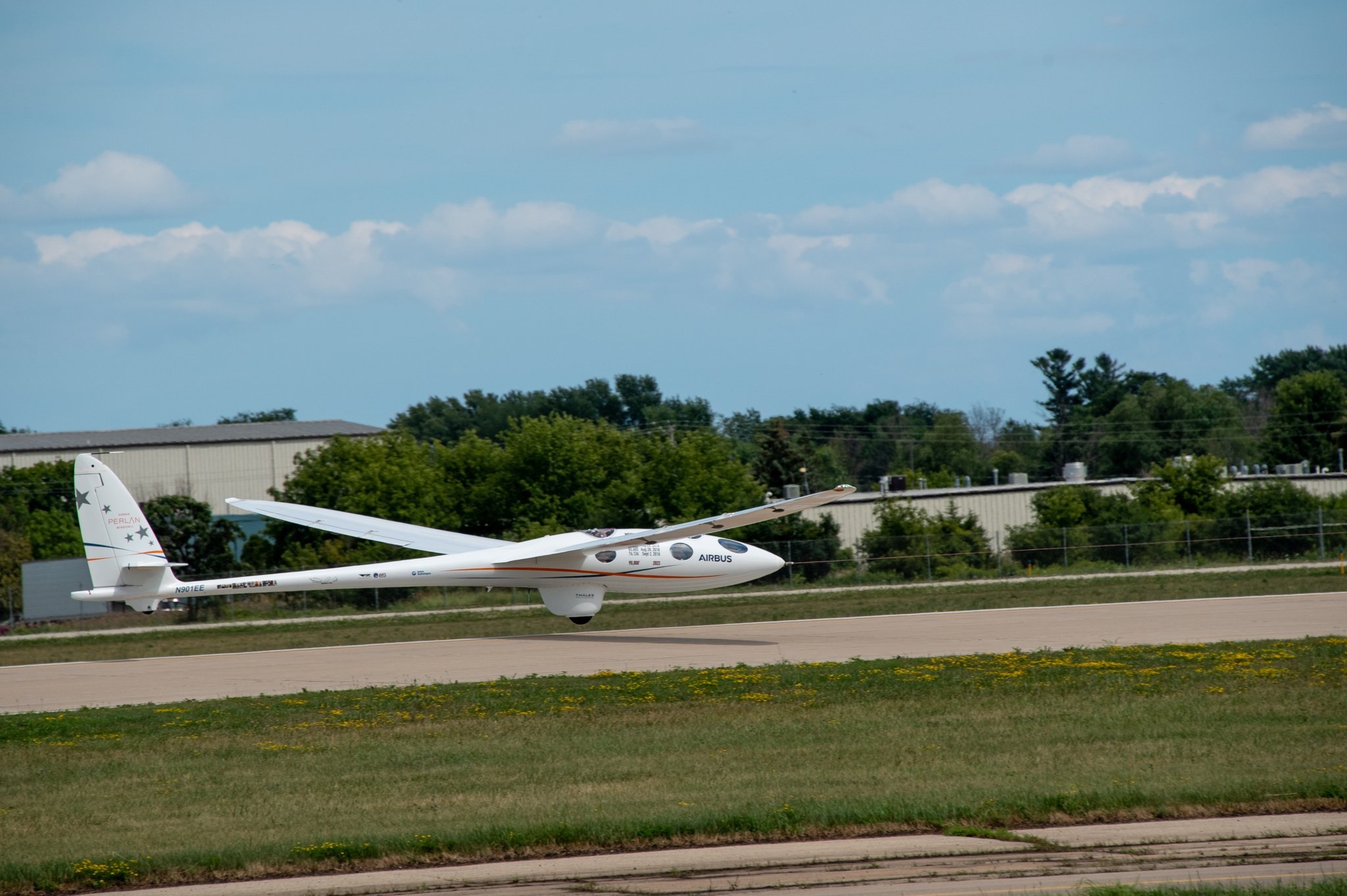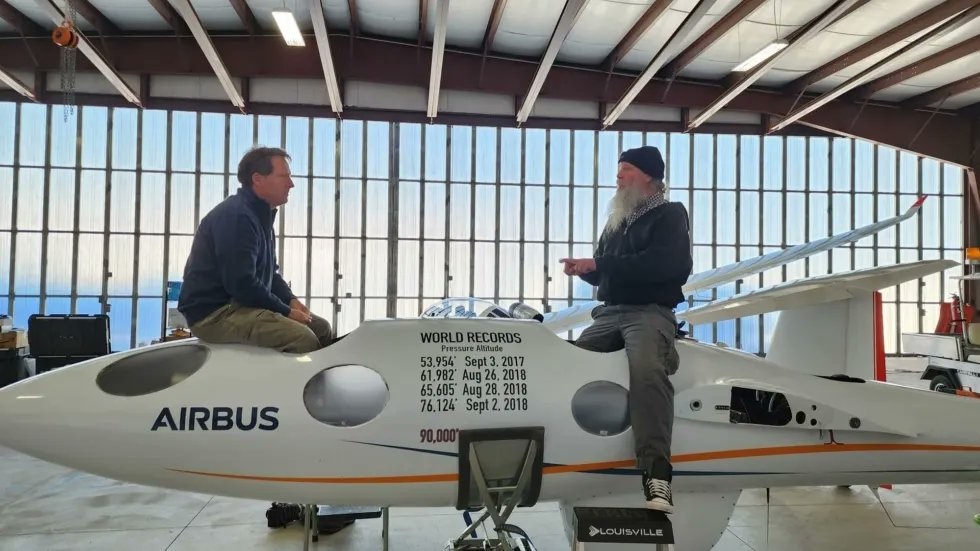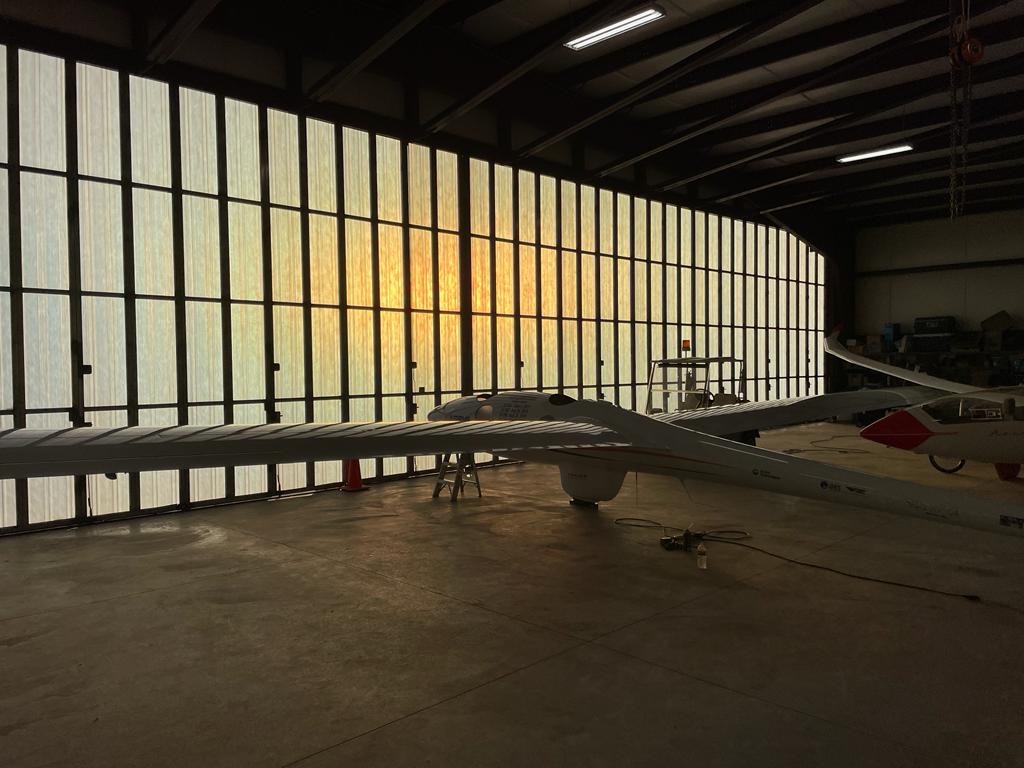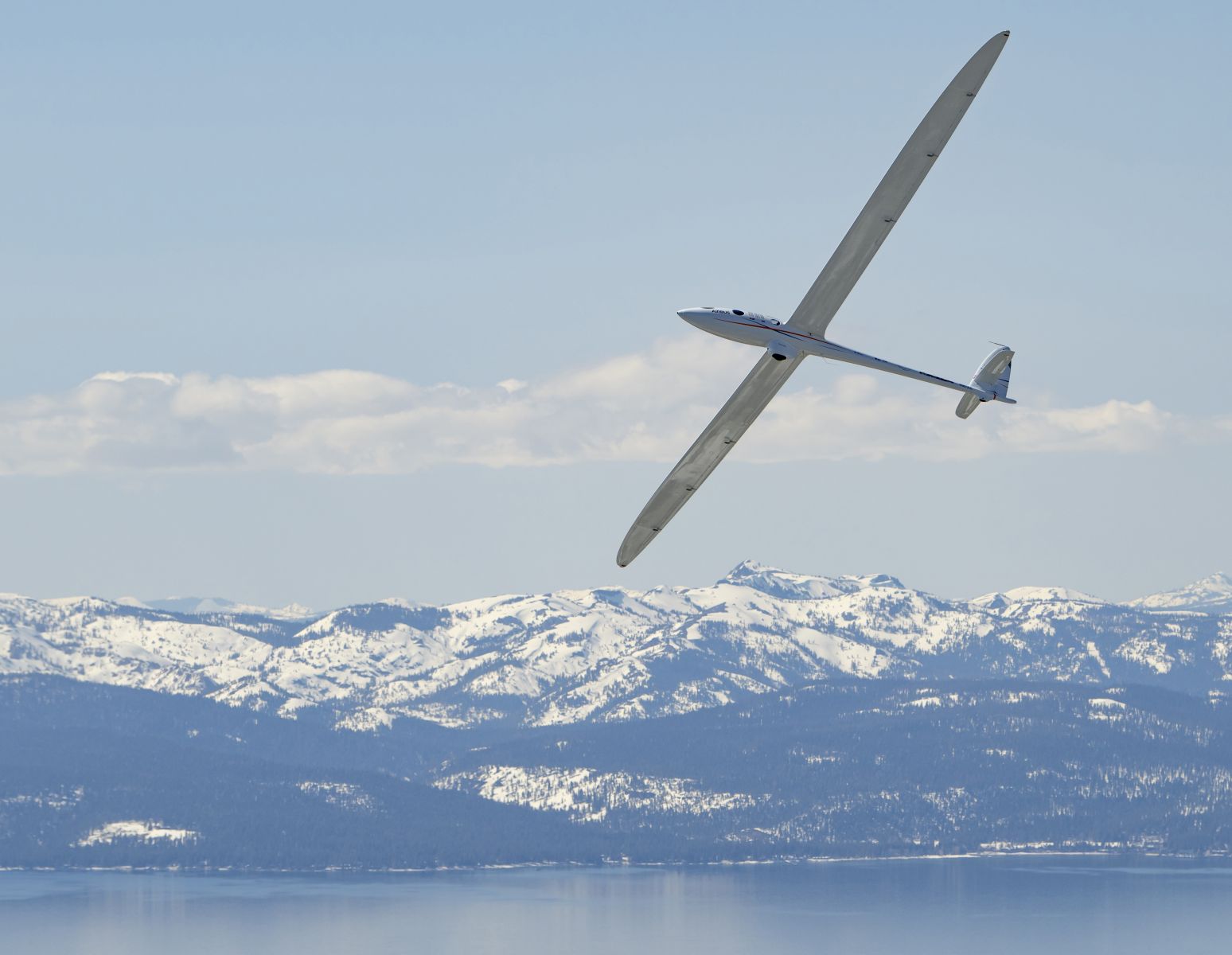


Airbus' Perlan Mission II pressurized glider was designed for stratospheric research to conduct high-altitude flight studies, weather and climate change information, as well as experiments designed by students of the "Teachers in Space" program.
Airbus Perlan Mission II, the world’s first initiative to pilot an engineless aircraft to the edge of space, has successfully completed a flight test campaign in the U.S., clearing the way for an attempt later this year to set a new aviation world altitude record for manned, level flight.
The Perlan Mission II has already managed to reach 76,000 feet, that is, just over 23,000 meters on September 02 , 2018 , thus breaking the world record of subsonic altitude and now aims to reach 90,000 feet high, the edge of space.

Perlan Project Quotes ,
90,000 feet is closer than you think! #AirbusPerlanMission II has successfully completed its U.S. flight test campaign of the engineless Perlan 2 stratospheric research glider, clearing the way for a 90,000-foot altitude record attempt later this year in Argentina.
Airbus began collaborating with the project in 2014, which allowed the construction of the "space capsule with wings" that although it lacks an engine is capable of reaching high altitudes thanks to very rare air currents known as "stratospheric mountain waves", which are formed when mountain winds are reinforced by the Polar Vortex.
“Over the past decade, we have been on a thrilling adventure to inspire, educate and explore in the stratosphere, and Airbus has been a great partner on that journey as together we’ve attempted — and achieved — the seemingly impossible,” said Ed Warnock, CEO of The Perlan Project.
The pressurized Perlan 2 glider, set sail yesterday from the U.S. for the long journey to El Calafate, Argentina. Above the Patagonian Andes where atmospheric conditions are optimal, expert pilots and engineers from the nonprofit The Perlan Project will attempt to soar the experimental glider to its service ceiling of 90,000 feet.
“If a glider, which is a truly zero-emission aircraft, can become the highest-flying aircraft of all time, it sends a powerful message that decarbonization of aviation is no impediment to achievement, and can even be an enabler,” said C. Jeffrey Knittel, Airbus Americas Chairman and CEO.
As a research platform that emits no exhaust, Perlan 2 is ideally suited to the high-altitude atmospheric research the team will conduct to inform more accurate climate-change models.
The Glider will soar to altitudes where the air density is similar to the atmosphere on Mars, providing unique opportunities for aerodynamic studies related to turbulence, extreme weather and future space exploration.

The aircraft will also carry aloft experiments designed by school students through The Perlan Project’s STEM partnership with Teachers in Space.
The Perlan glider plane will investigate the interaction between the troposphere, the lowest layer of the Earth’s atmosphere, and the layer above it, the stratosphere, as well as collecting data on the depletion of the ozone layer, which filters out harmful UV rays.

The Airbus Perlan Mission II will also gain experience in very high altitude flight, an area of interest for Airbus for future aerospace applications.
The aircraft is able to soar without an engine to its record altitudes thanks to very rare air currents known as “stratospheric mountain waves,” which form when mountain winds are strengthened by the polar vortex.
The Airbus Perlan Mission II team, made up of some of the aviation industry’s most celebrated test pilots and world-renowned climate scientists, will conduct its 2023 flying campaign from late July through mid-September, when stratospheric mountain waves are most likely to occur in the Southern Hemisphere. After setting multiple successive records in prior years, the team took a hiatus during the COVID-19 pandemic.
At 90,000 feet, the Perlan 2 must be engineered to fly in less than 3% of normal air density and at temperatures of -70°C. The mission will harvest invaluable data for scientists worldwide to help update and improve existing climate models.
Source : Airbus and Perlan Project.
